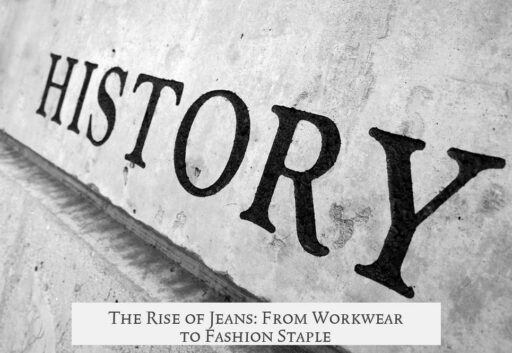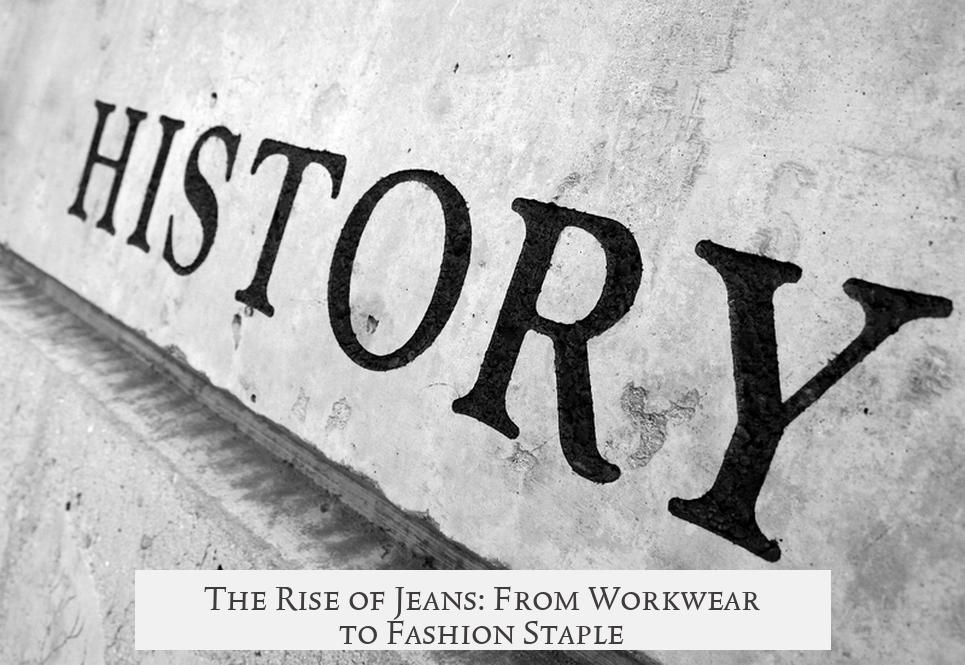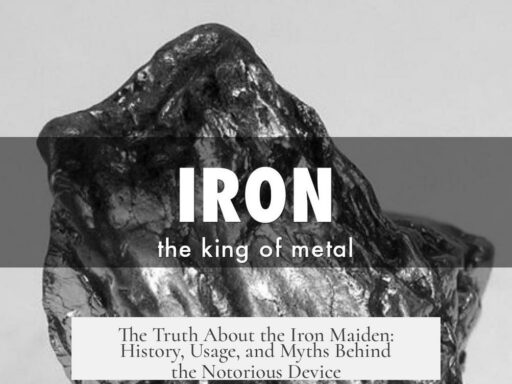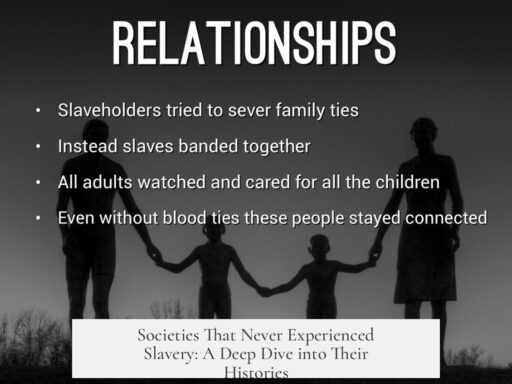Jeans became popular in the late 19th and 20th centuries due to their durability and practicality. Originally designed as sturdy workwear for miners and laborers, jeans gained widespread appeal beyond their utilitarian origins. Their popularity surged as denim transitioned into mainstream fashion across various social groups.

The invention of denim jeans dates back to the 1870s by Levi Strauss and Jacob Davis. They patented riveted trousers for gold miners, intended to withstand wear and tear. This practical workwear gradually found acceptance among different working-class groups for its toughness and comfort.
Jeans started gaining cultural traction around the 1950s and 1960s. They became a symbol of rebellion among youth and counterculture movements. Hollywood films featuring stars like James Dean and Marlon Brando helped popularize jeans as casual wear for a broader audience.
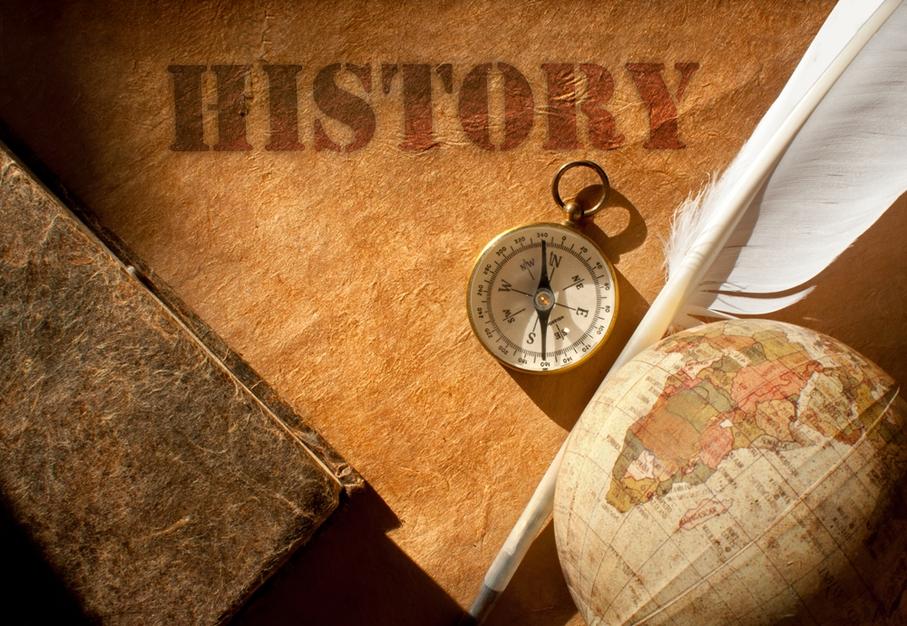
Several factors contributed to their rise in popularity:
- Durability of denim fabric and reinforced design with rivets.
- Affordable and accessible clothing option during economic hardships.
- Association with youth rebellion and informal style.
- Endorsement by celebrities and media portrayal.
- Adaptation into a fashion staple with different fits, washes, and styles over time.
By the late 20th century, jeans evolved from a specific work garment to a universal fashion item. Designers introduced designer labels, and jeans became suitable for casual, semi-formal, and even formal occasions.
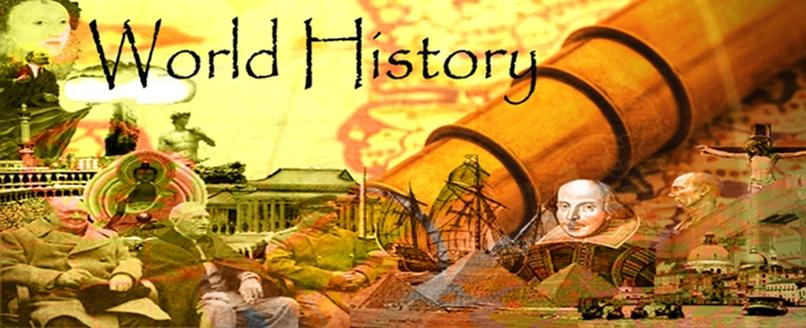
Key points explaining the timeline and reasons for the popularity of jeans:
- 1870s: Creation as robust workwear for miners.
- Mid-20th century: Cultural adoption driven by youth culture and cinema.
- Late 20th century: Integration into global fashion, diversified designs.
These elements explain why jeans remain one of the most popular and enduring apparel items worldwide.
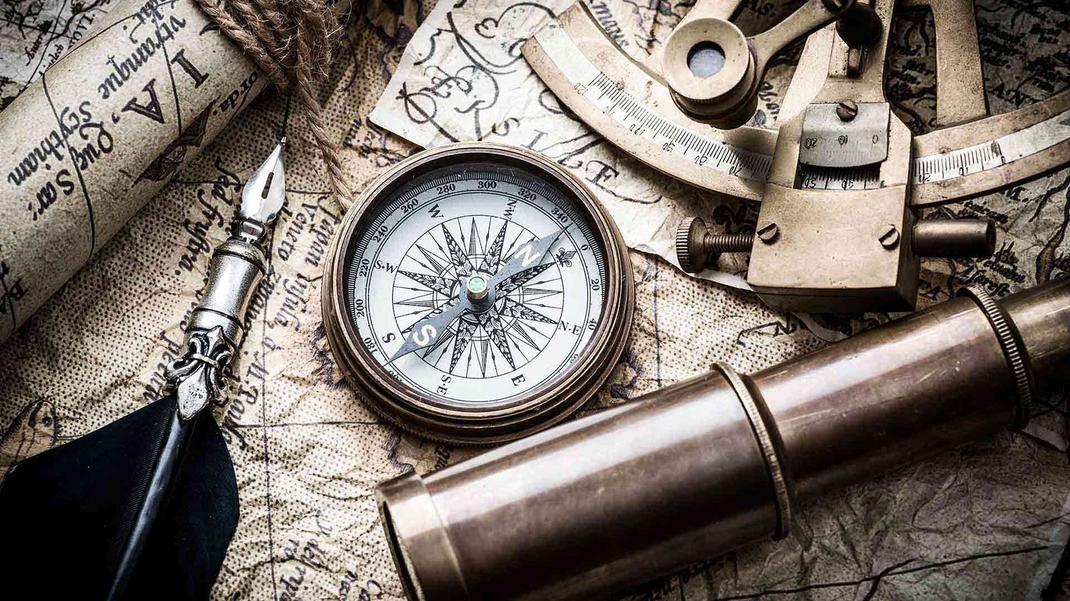
When and Why Did Jeans Become Popular? Unthreading the Blue Denim Mystery
Jeans became popular during the late 19th century as durable workwear for miners and laborers, and their widespread appeal exploded in the mid-20th century due to cultural shifts, Hollywood influence, and youth rebellion. But that’s just the start of the story.

Let’s unravel how those humble denim pants clawed their way from rugged work gear to fashion icons. Spoiler alert: It’s a tale with more twists than a pair of skinny jeans.
The Birth of Jeans: Workwear Meets Necessity
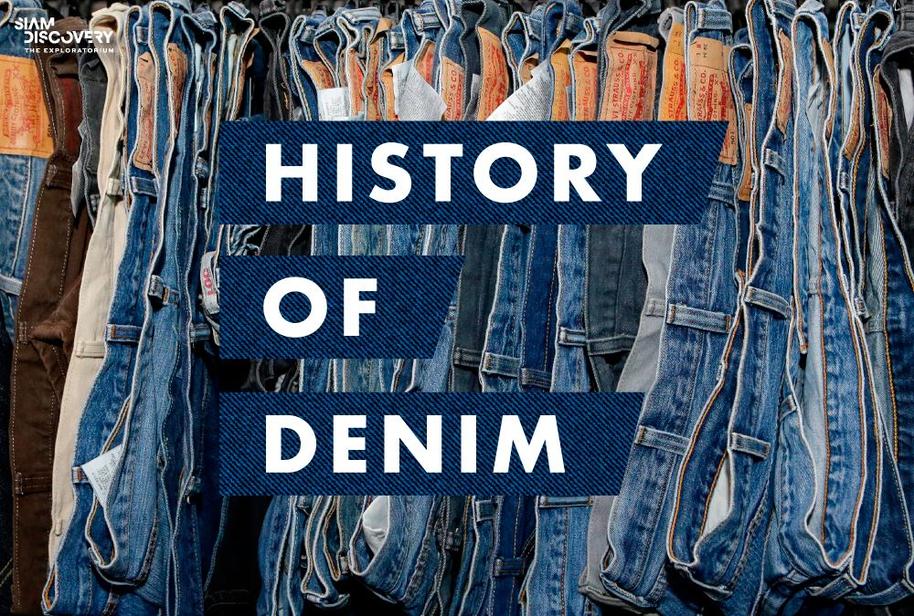
The story of jeans begins in the American gold rush era, specifically in the 1870s. Levi Strauss, a Bavarian immigrant, teamed up with tailor Jacob Davis to create tough trousers for miners. Why? Because these men needed pants that could survive daily hardship without falling apart.
This partnership birthed the first rivet-reinforced denim pants—a revolutionary idea where metal rivets reinforced stress points to make jeans practically indestructible.
Jeans were cool for functionality, not fashion.
Why Did Jeans Catch on? Practicality Meets Pop Culture
Jeans stayed in the realm of workwear for decades, mostly worn by cowboys, miners, and factory workers. Yet, around the mid-20th century, everything changed.
What transformed jeans into a cultural symbol of cool? Cinema and youth culture played starring roles.
Films featuring rebellious icons like James Dean in “Rebel Without a Cause” showcased jeans as symbols of nonconformity and youthful defiance. Suddenly, jeans were no longer just pants; they were statements.
From Hollywood to High Streets: The Jeans Revolution
Diving into the 1950s and 1960s, jeans made a huge leap from the silver screen to everyday wardrobes. The post-war boom saw teenagers embrace jeans as symbols of freedom and individuality. Unlike traditional formal wear, jeans were versatile and affordable.
By the 1960s and 70s, jeans had infiltrated counterculture movements. Hippies, rockstars, and activists all adopted denim, each adding different flair—patched, ripped, or dyed. It was a declaration of personal identity.
Why Do We Still Love Jeans? The Unstoppable Staple
Fast forward to today, jeans remain a staple, beloved for their comfort, durability, and timeless style. Designers constantly reinvent denim, but the core appeal stays the same. Jeans suit everyone, every age, every style—whether you prefer classic straight-leg or high-waist skinny.
Jeans offer endless possibilities. Pair them with a blazer for work or a t-shirt for weekend lounging. The fabric tells a story of rugged beginnings and fashionable reinvention.
Curious About More? The Deep Dive on Jeans History
While this post lays down the essentials, detailed historical insights come from enthusiasts like u/mimicofmodes, whose thorough history of jeans is a gem for denim devotees. For those craving rich details—starting from Levi Strauss’s pioneering patents to global adoption—this comment on Reddit is a goldmine.
Practical Takeaways: Why Wear Jeans Today?
- Durability: Modern jeans still honor their roots—wear out the knees but keep the seams intact.
- Versatility: Jeans fit in at a business casual office or a casual barbecue.
- Sustainability: Opt for vintage or sustainably made denim to keep eco-conscious.
- Expression: Customize jeans with patches, distressing, or dye for personal flair.
Why not try your own pair of jeans with personality? It’s not just clothing; it’s history on your hips.
Wrapping Up the Denim Journey
Jeans didn’t just become popular overnight. They evolved, propelled by necessity, culture, and rebellion. From 19th-century mines to 21st-century fashion runways, jeans illustrate how practicality and style can blend to create something timeless.
Next time you slip on your favorite pair, remember: you’re wearing a piece of history, stitched together with ambition, grit, and a dash of youthful rebellion.
So here’s a fun question for you: What’s the oldest or most unique pair of jeans in your closet? Are they just pants, or is there a story woven into those threads?
